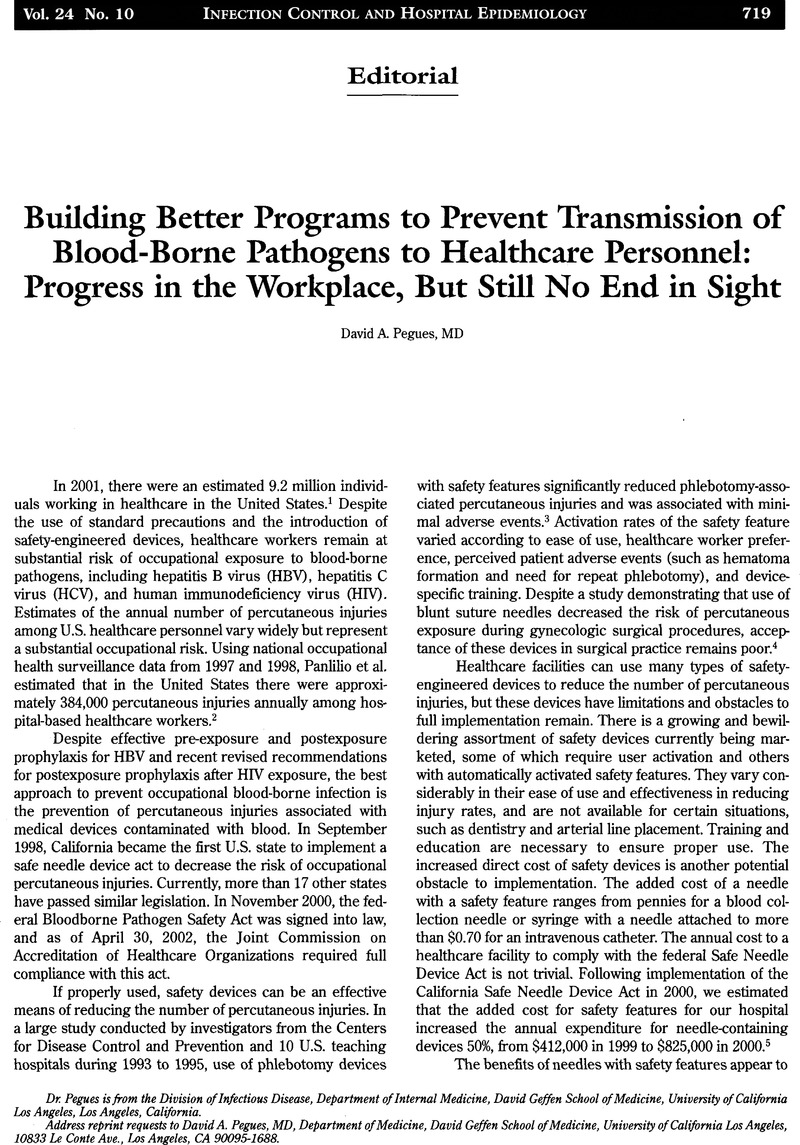Crossref Citations
This article has been cited by the following publications. This list is generated based on data provided by Crossref.
Griswold, Sharon
Bonaroti, Alisha
Rieder, Christopher J
Erbayri, John
Parsons, Jessica
Nocera, Romy
and
Hamilton, Richard
2013.
Investigation of a safety-engineered device to prevent needlestick injury: why has not StatLock stuck?.
BMJ Open,
Vol. 3,
Issue. 4,
p.
e002327.





